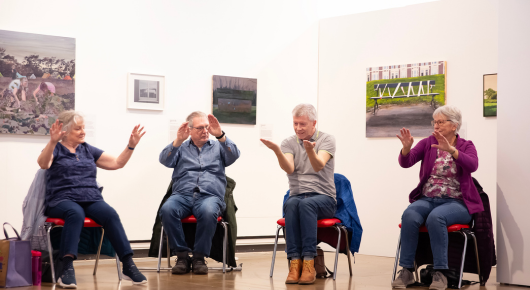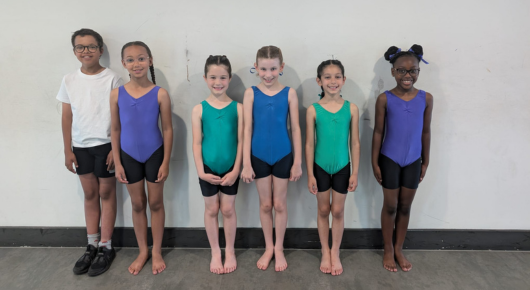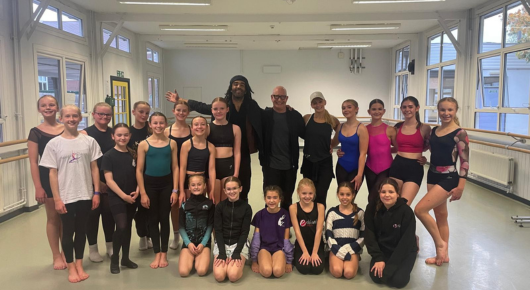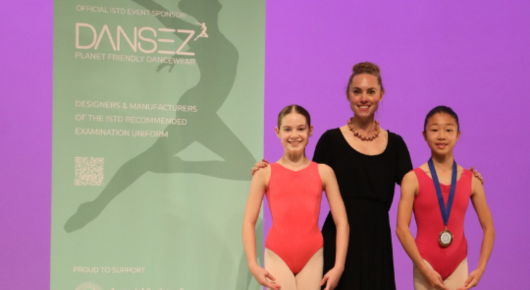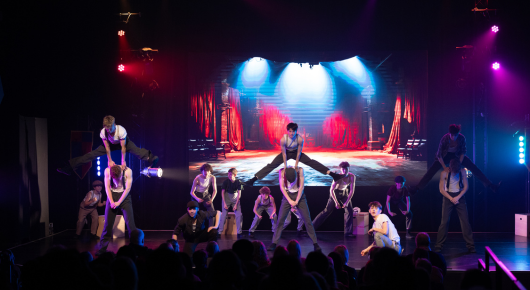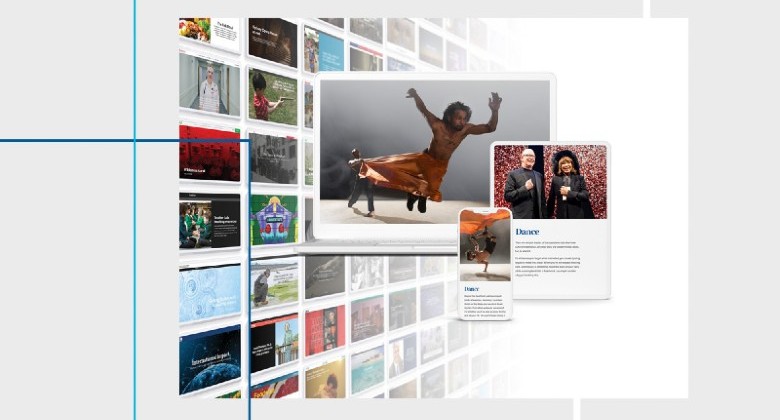13 May 2025
In a world where adolescence often comes with intense social pressure and rigid expectations, dance can be a game-changer. For boys in particular it offers not only a creative outlet but also a powerful sense of structure, expression, and community. It’s a space where young people can challenge expectations, and individuality is celebrated.
At the ISTD, we’re passionate about championing inclusive dance education, and now, we’re shining a spotlight on how powerful it can be for boys. Right now, there’s a growing energy around encouraging more boys into the dance studio—resisting stereotypes, fostering wellbeing, and inspiring the next generation of male dancers. Through conversations with teachers across the country, it’s clear that more and more boys are finding their place, and their voice, through movement.
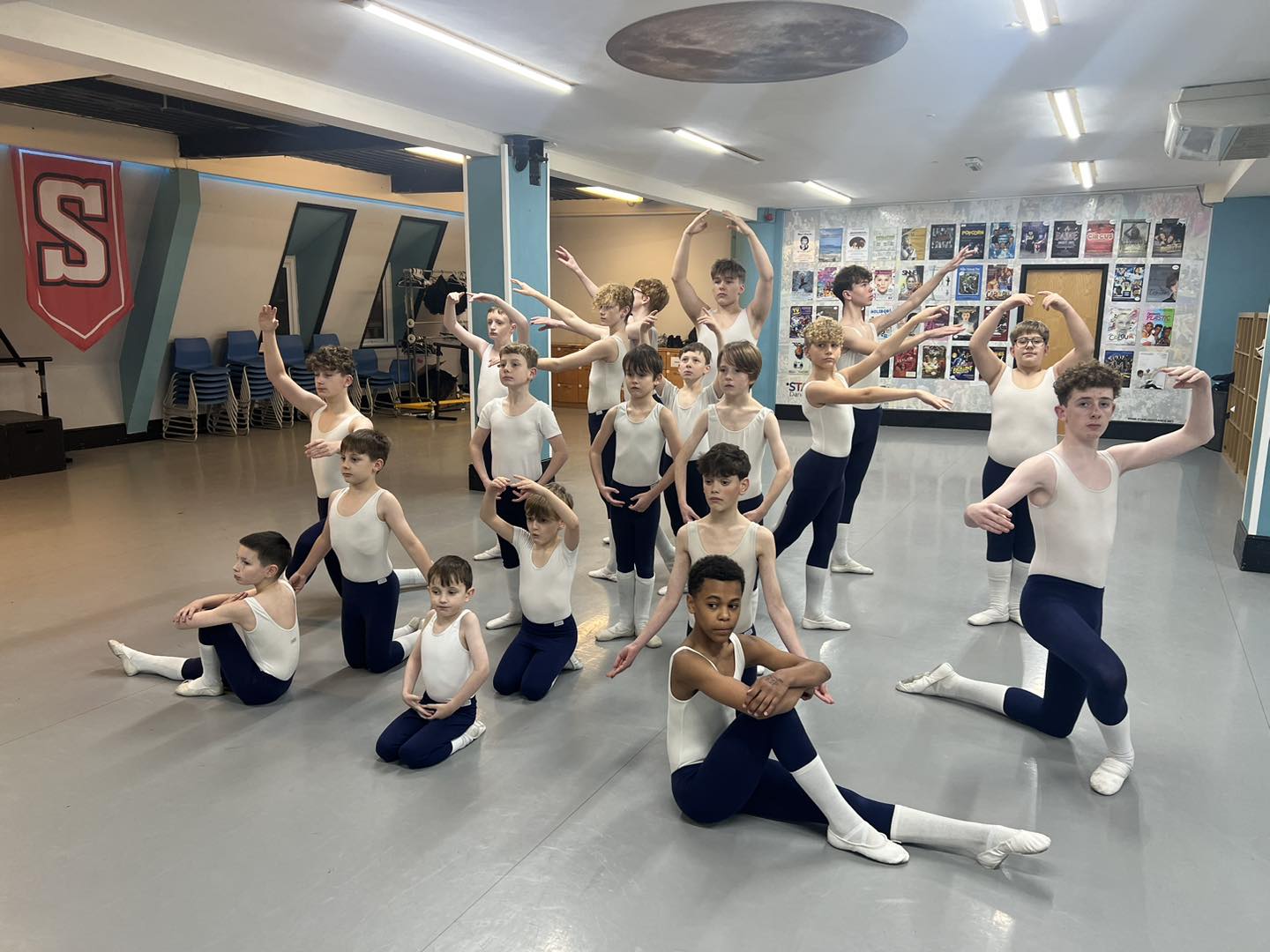
''Not only do ‘boys dance’ but many types of 'boys dance'—and that's great!''
Jacc Batch, Managing Director of The Starlight Dance Group Ltd, has seen his boys’ classes grow significantly since opening his school in 2009. Today, he teaches over 100 boys, aged 2 through to early 20s. While most of his classes are mixed, he runs a dedicated boys’ ballet class which, he explains, is less about separation and more about visibility and aspiration.
A place for strength, structure and self-expression
Both Jacc and Royah emphasise how dance supports mental health and personal development. Jacc has seen firsthand how structured dance training can benefit boys who struggle in more traditional settings.
''I teach a few boys who are off the scale with their behaviour at school, constantly in trouble and the kind of boys people label as trouble-makers but they rock up to my ballet class and have the utmost respect for the class, school and me because I am old school in my approach. Structure, discipline and mutual respect is what they need and they respond to this.''
Dance classes can also be a lifeline for boys who don’t see themselves reflected in traditional sports or school environments. Royah puts it simply: ''Dance offers so much for boys, not just physically, but mentally and emotionally too. It’s a powerful outlet for expression, confidence, and connection, especially for those who may struggle to find their place elsewhere.''
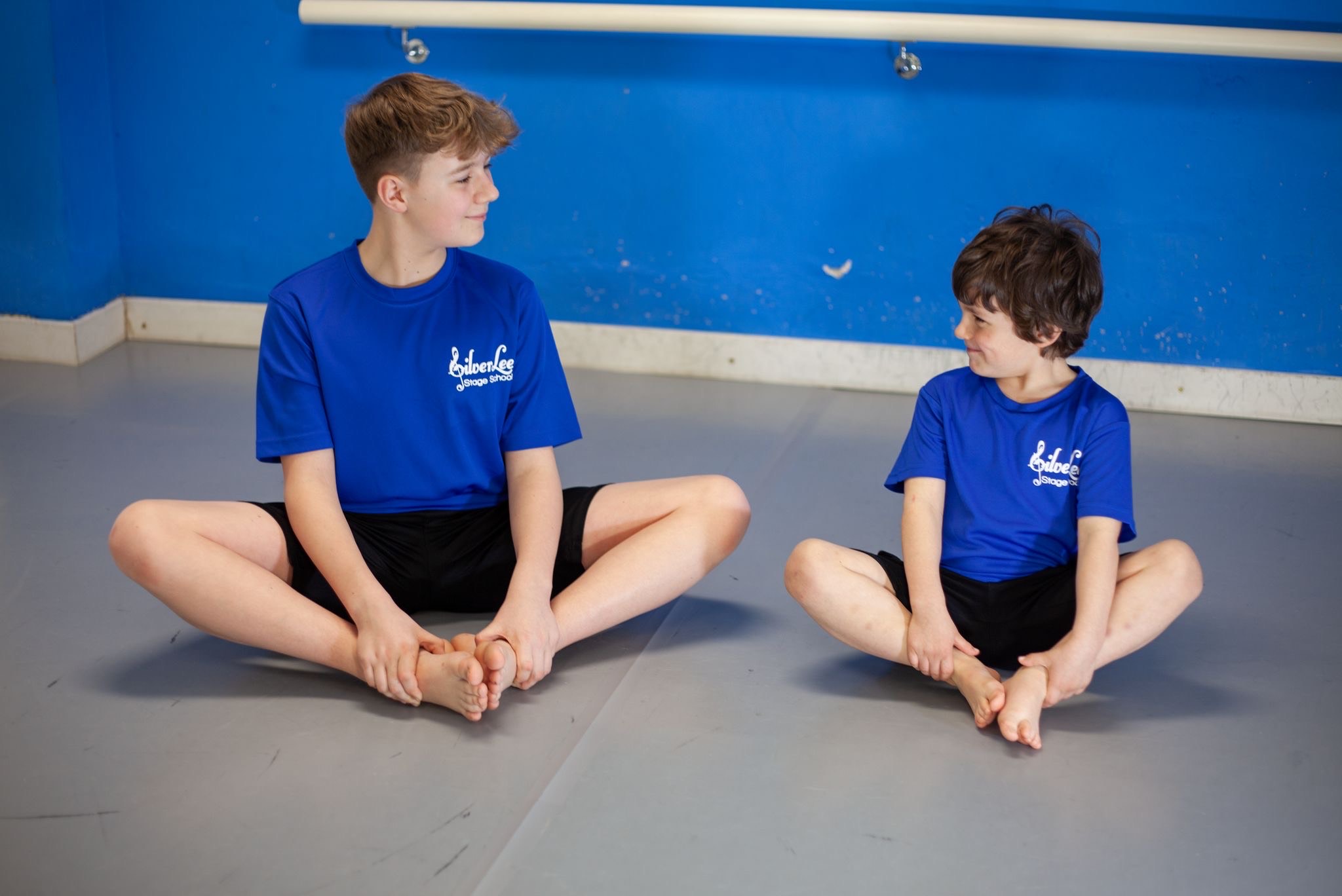
Representation and relatability matter
Jacc’s presence and approach send a powerful message to his students. ''I think being a male dance teacher has a massive impact on the amount of boys I have at the school but not only that, I am tattooed and don’t fit the stereotype of middle aged dance teacher. I think that immediately breaks initial ideas of what a boy would expect when visiting the dance school for the first time.''
That sense of normalising male participation in dance extends into the school culture: ''We have older boys who walk around with their leotards on outside the classes and out in the town… so for younger or new boys to see this casual attitude towards the dreaded ‘leotard’ it again, breaks any negative thoughts of feelings they may have had.''
Reflecting on his own experiences, Jacc is clear that teachers have a responsibility to avoid pigeonholing their students. ''Growing up and dancing through the 1990s, I was always the only boy and because I was quite feminine as a child and clearly gay, teachers would latch onto this and not change things to accommodate because 'He will love it, he’s girly' – I mean, I did but that’s not the point!''
His school is built on the idea that every dancer is an individual: ''My ethos is to adapt to my students and create classes, dances, shows for them as people and structure it around their personalities and not only does it make their training better it makes their performances more believable and authentic.''
Looking Ahead
Both teachers agree: encouraging boys to dance is about more than just numbers, it’s about impact. From tap routines to contemporary pieces inspired by Peaky Blinders, these schools are redefining what boys in dance look like, and where they can go. Many of their students have gone on to train professionally, and perhaps more importantly, they’ve become role models themselves.
''By encouraging more boys into dance, we’re not just helping them,'' says Royah, ''we’re helping the whole industry move forward. More diversity means more creativity, more innovation, and more authenticity in the dance world.''
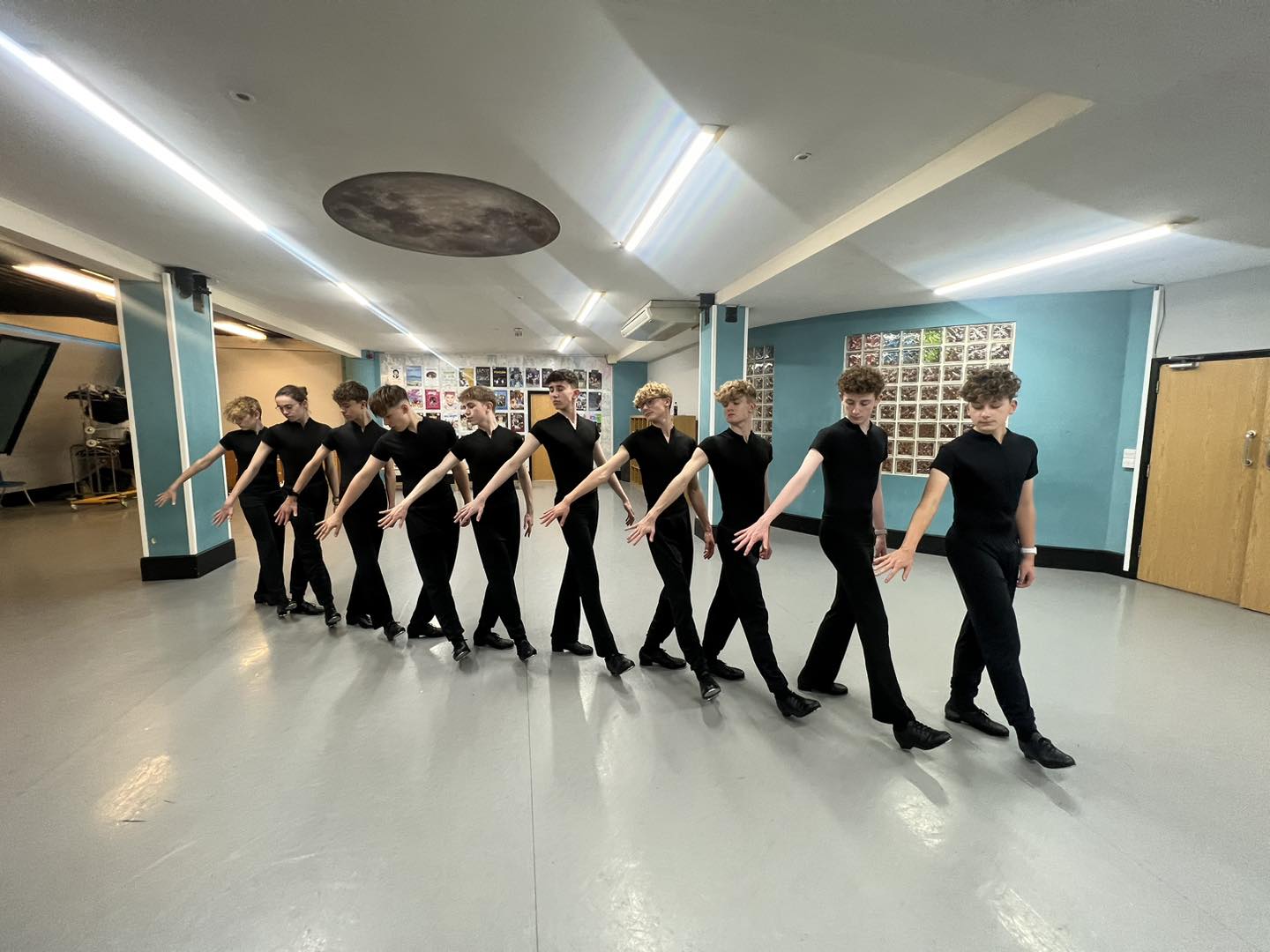
At the ISTD, we believe dance is for everyone, regardless of age, gender, ability, or fitness level. Discover your love of dance with an ISTD-trained teacher and #FindYourDanceSpace today.
